Austria’s government has unveiled a map detailing the locations of mosques and other Muslim associations all over the country. The publication has been swiftly condemned by Austrian Muslim groups, including the Muslim Youth Organisation which announced a lawsuit in response. But Austria’s government is so far refusing to back down.
The ‘Islam map’ is a project of the government-backed Political Islam Documentation Centre and the University of Vienna. The map has been designed ostensibly in response to growing Islamist radicalism in Austria, especially in the aftermath of November’s Vienna shooting. It marks a continuation of chancellor Sebastian Kurz’s self-proclaimed fight against ‘political Islam’. But whatever the intention, the map is unlikely to do much other than to ensure Austrian Muslims feel disaffected and potentially puts them in danger.
Integration minister Susanne Raab disagrees. Raab insists the map will ‘contribute to transparency in observing dangerous developments in political Islam’, maintaining that the government does not intend to ‘place Muslims under general suspicion’. But is that really a credible explanation for a move which is likely to alienate, rather than help integrate, Muslims?
Like other parts of the world, including in many Muslim-majority countries, Austria has spotted a connection between jihadist terror and the Islamist teachings echoed in some mosques and Islamic schools. There is little doubt that the new ‘parallel societies’ in Europe are indeed breeding grounds for jihadist violence. A counterterror strategy to deal with these is vital.
But if extremism is to be properly tackled, there needs to be an understanding of the distinction between Islamists —anyone seeking to impose a version of Islam on the society at large — and Muslims— those born into a Muslim community or those who believes in Islam. Austria’s government seems unable to grasp this nuance.
Ednan Aslan, head of the ‘Islam map’ project, has said that the map ‘doesn’t show political Islam, but the diversity of Islam in Austria’. Yet this is in stark contrast to how the map has been sold by the Austrian government: as an exposé on ‘political Islam’.
This conflation could assist far-right anti-Muslim groups in targeting Muslim minorities within Austria. Indeed, within a few days of the ‘Islam map’ going live, the Islamic Religious Community in Austria (IGGÖ) reported three attacks on Muslim organisations; one building was vandalised with the words: ‘The Führer is back’.
But still Austria’s government – which appears eager to co-opt some of the anti-immigrant rhetoric of its former far-right Freedom Party (FPÖ) ally – is doubling down. The result is a worrying plan that boils down to arbitrarily monitoring Muslims for no good reason. Kurz’s government will come to regret this map.
<//>
Got something to add? Join the discussion and comment below.
Get 10 issues for just $10
Subscribe to The Spectator Australia today for the next 10 magazine issues, plus full online access, for just $10.

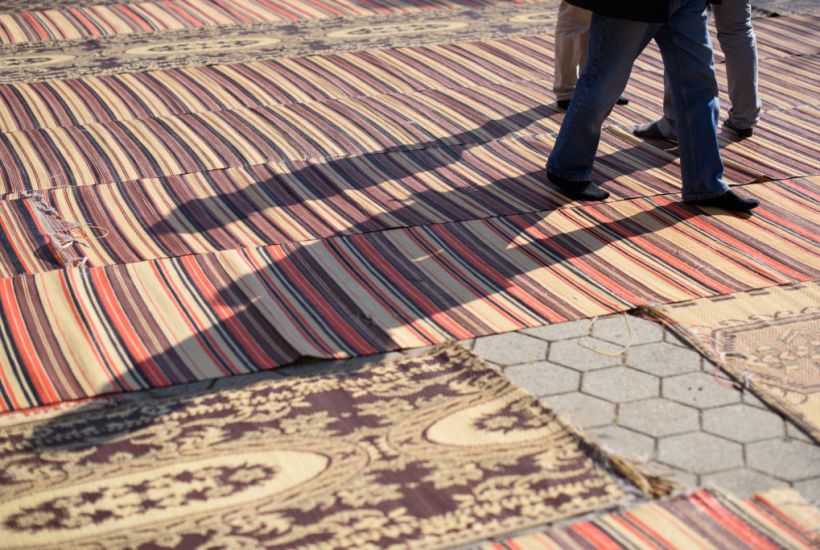
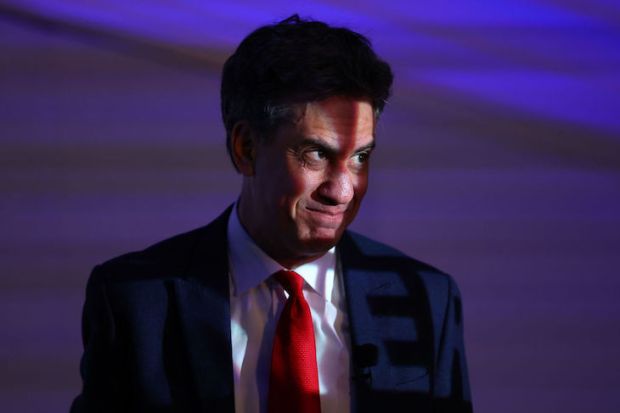
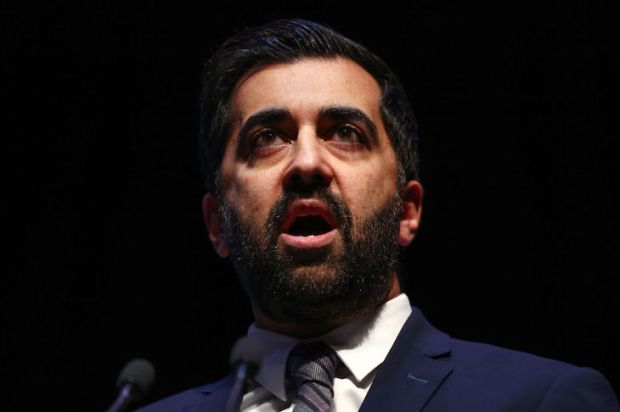

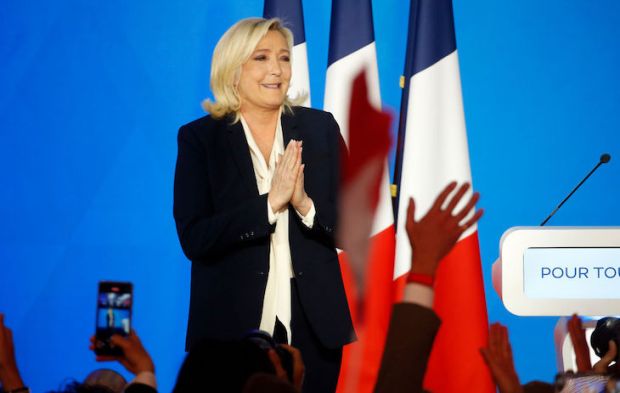

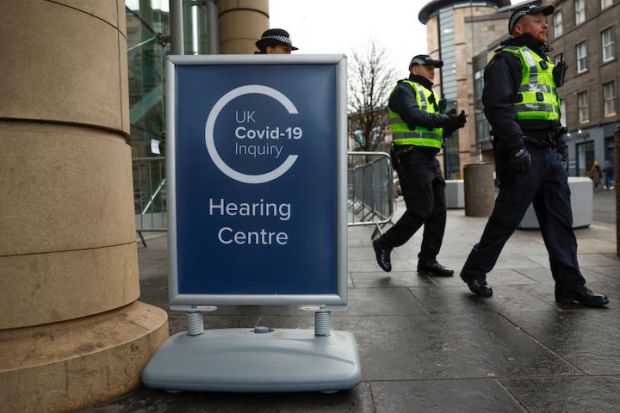












Comments
Don't miss out
Join the conversation with other Spectator Australia readers. Subscribe to leave a comment.
SUBSCRIBEAlready a subscriber? Log in